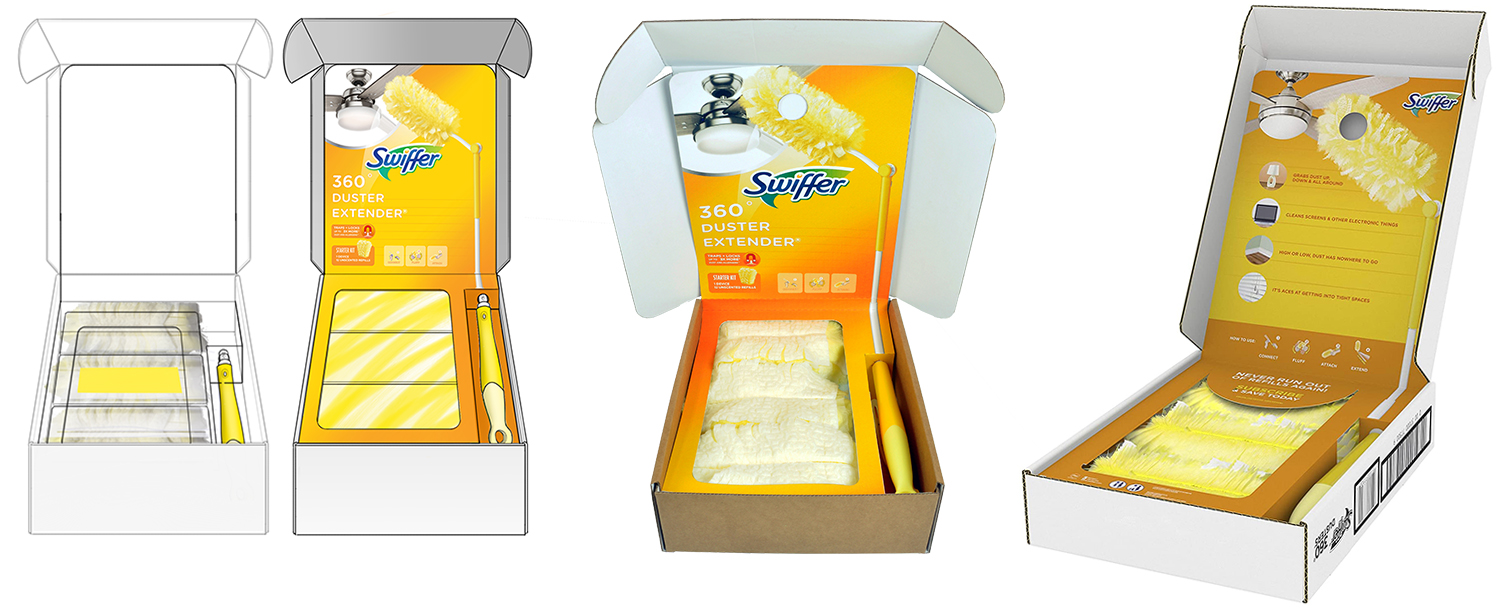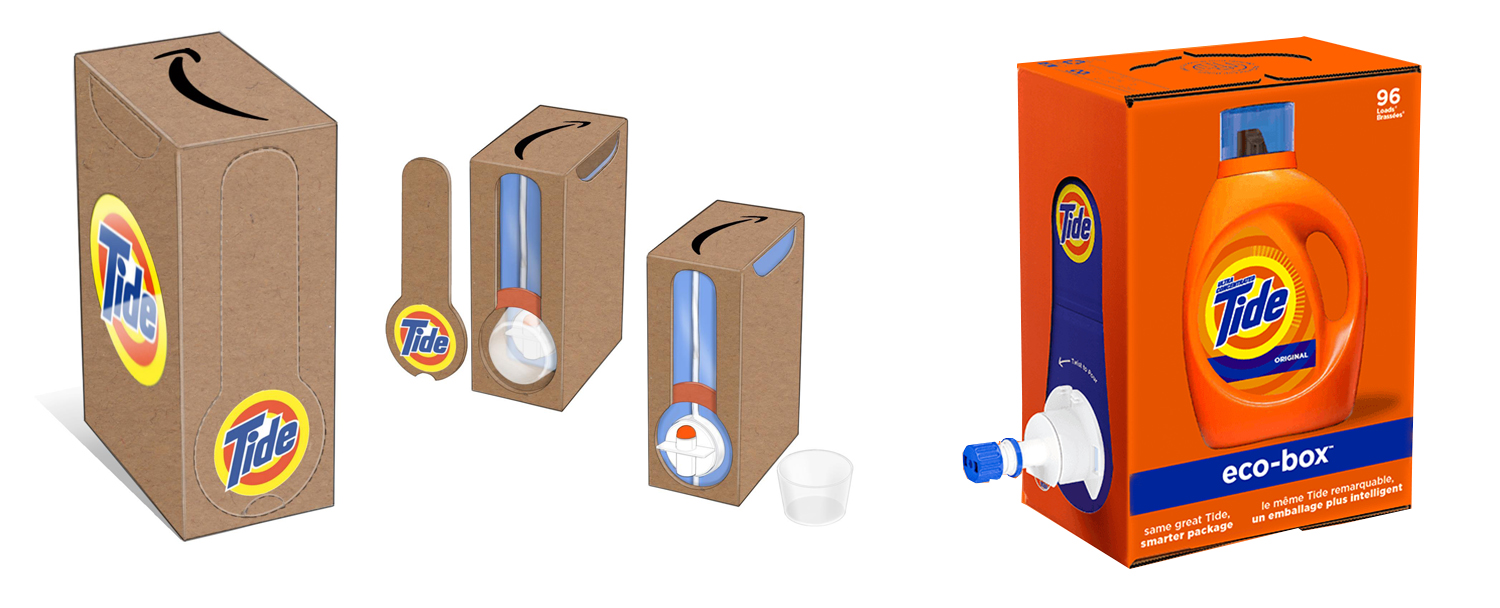Design Central helps clients create packaging for e-commerce to comply with certified packaging programs
Consumers are shopping online at an increasing pace. Predictions were that e-commerce could represent at least 16% of global sales this year, a whopping 19% increase, but Covid-19 happened, and growth jumped to 28% over just eight weeks.
Today’s consumer loves having easy-access to goods, and the convenience of receiving packages at home but dislikes the ecological impact packaging materials have on the environment. Like so many other areas of their lives, people began looking for ways to reduce waste when they shop and began demanding ecological responsibility from online sellers. Over the last decade, e-commerce has responded to consumer demand with a three-tier packaging program. The goals were to remove waste in shipping, prevent product damage, and give customers easier to open packaging materials.
One of the many opportunities the program gives manufacturers is the ability to reshape their business models through the development of SIOC (ships in its own container) packaging. By shipping without additional packaging, manufacturers increase freight load and warehouse shelf capacity. They also reduce the cost of disposable packaging materials that consumers may or may not choose to recycle. Since 2009 the three-tier packaging program has eliminated 458,000 tons of packaging materials by eliminating 1 billion shipping boxes. We can’t calculate an amount in dollars, but wow, that’s a lot of boxes!
Procter & Gamble saw an opportunity to expand its business by offering its products to the e-commerce customer in new formats, which meant the packaging for these products had to comply with the new guidelines. The P&G team asked us to help them figure out how to get a few products to meet this demand.

The new shipping guidelines allowed P&G to redesign the Swiffer experience. The easy to open Swiffer 360◦ Duster kit neatly organizes the handle and three dusters with minimal packaging in the SIOC box. The Swiffer brand experience lives inside the SIOC box and instructs the user how to “connect, fluff, attach and extend” their handle and even offers a subscription service for extra convenience.

For the Tide Eco-Box, our design team had many factors to consider in the development of SIOC packaging. They looked at; the life of a product, from its time with the manufacturer, ways to develop a box that is sturdy enough to withstand drops and successfully contain the liquid product, and how to display the product’s brand.
In the case of Tide, feedback from consumers has been overwhelmingly positive, 80% say that they prefer the Tide Eco-Box over the original Tide plastic bottle, leading the Eco-Box design to expand across five other brands. We may even see the Eco-Box on retail shelves.